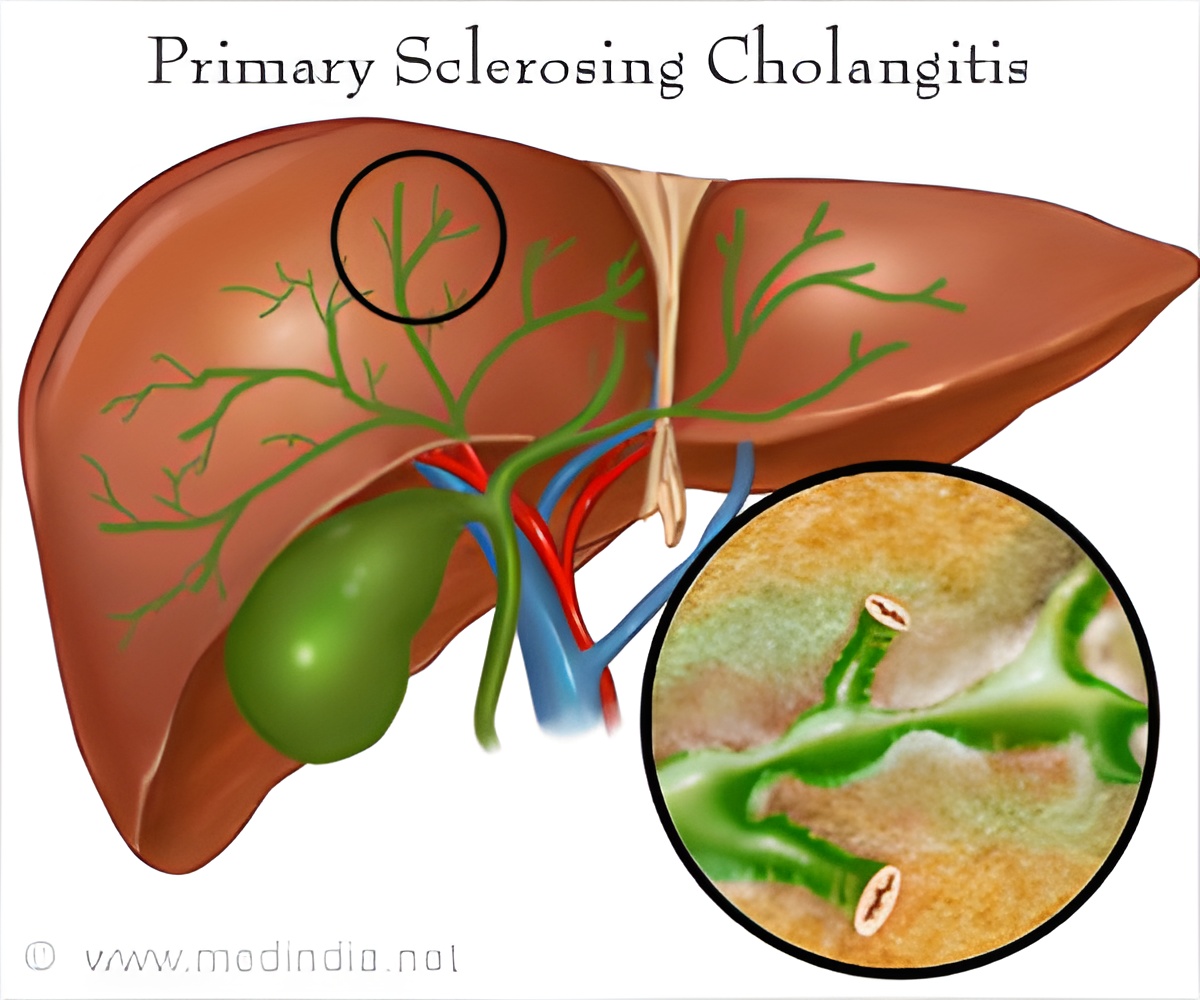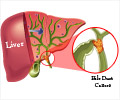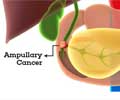
‘While the disease connection is an intriguing line of research, this is merely one aspect being pursued by Quinn's lab.’
Tweet it Now
Much of our knowledge about bile hasn't changed in many decades. It's produced in the liver, stored in our gall bladder and injected into our intestine when we eat, where it breaks down fats in our gut. In fact, the first bile acid was discovered in 1848, and the scientists who revealed the structure of bile acids in 1928 won the Nobel Prize. That's a long time ago."Since then, our understanding of the chemistry of bile production in the liver was that the cholesterol backbone of the bile acid structure is linked to the amino acids glycine or taurine to produce our primary bile acids," said Robert Quinn, assistant professor of biochemistry and molecular biology and Global Impact researcher, and lead author of the study. "It begs the question of how the new bile acids we've discovered have remained hidden during the last 170 years of bile acid chemical research."
These new bile acids are not produced by our enzymes; they're made by microbes in our gut. This discovery will change how medical textbooks address digestion, and it contributes to an ever-growing body of knowledge supporting the importance of the microbiome, the collective community of bacteria and other microorganisms living in our guts.
Quinn's team, comprised of scientists from MSU, the University of California San Diego and a number of collaborating institutions, showed that microbes in the gut, members of the microbiome, produce unique bile acids by conjugating the cholesterol backbone with myriad other amino acids.
This represents a fifth mechanism of bile acid metabolism by the microbiome that greatly expands our understanding of mammalian bile.
Advertisement
"These molecules can alter signaling pathways in the human gut that result in a reduction of overall bile acid production, representing a new mechanism where our gut bacteria can manipulate our own physiology," Quinn said.
Advertisement
"Clearly, our understanding of these compounds is in its infancy," Quinn said. "This exciting new discovery opens more questions than answers about these compounds and their role in our health."
Source-Eurekalert







